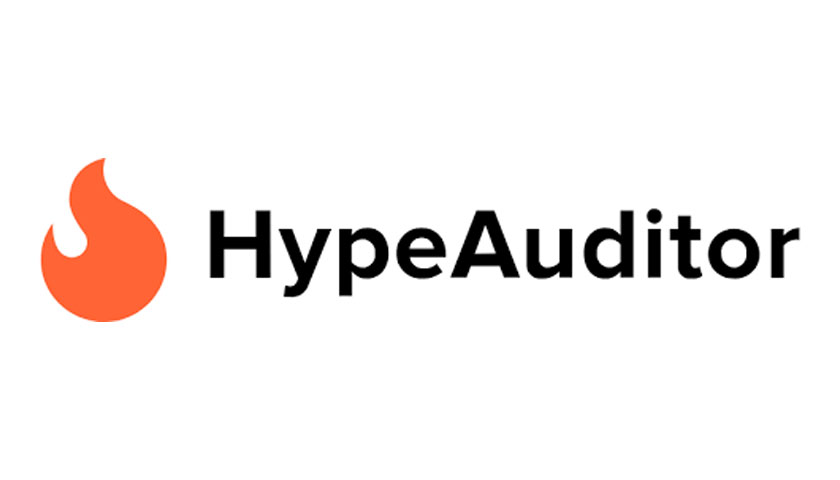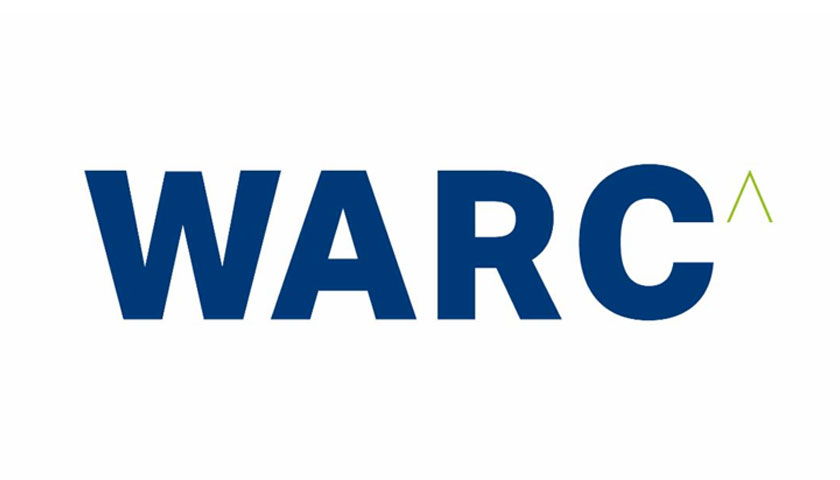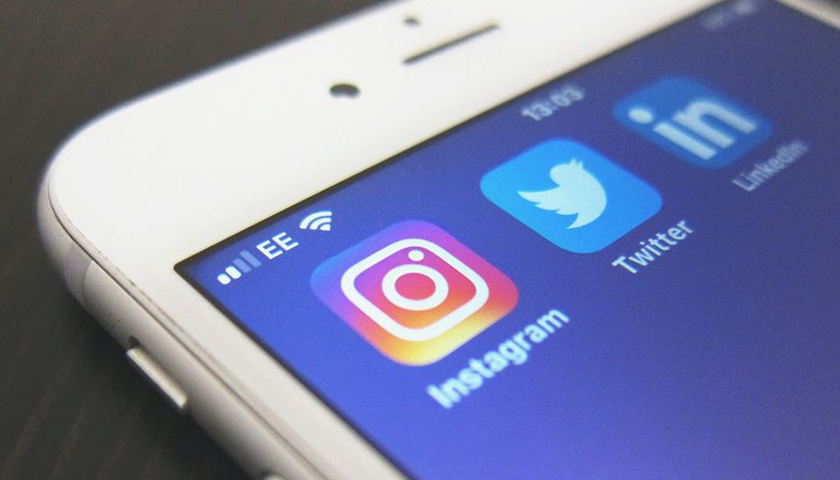HypeAuditor, a leading social media analytics tool used by the likes of L’Oréal, Ogilvy and Unilever, has published its latest report looking at the impact of fraud on social media.
This latest report looks at the influencers most likely to be involved in fraudulent activities on social media, the most common types of fraud and the cost of fraud for both influencers and brands. This report is based on the analysis of data from January 1st 2020 to May 16th 2021.
Key learnings from HypeAuditor’s May Fraud report on social media
The influencers most likely to be involved in fraud:
- Overall, 33% of influencers in the UK are impacted by fraud, which is less than the world average (55%) but remains a high percentage.
- Accounts most likely to be involved in fraud are influencers on Instagram with over 1000 followers who have grown abnormally or have inauthentic comments (i.e. comments from bots, giveaway comments, comments from Pods)
- However, mega-influencers with over 1 million followers are most likely to have inauthentic comments on their account: 58% of this type of influencers have inauthentic comments
- Gen Z influencers are the demographics with the highest involvement with fraud
- Influencers within the fashion industry are more likely to be involved in fraudulent methods, in comparison to other industries (i.e beauty, lifestyle, cooking…)
Some of the common fraudulent methods used by influencers to grow their accounts and engagements:
- 6% of UK influencers participate in Comment pods, sometimes with the help of social media agencies
- Overall, a quarter of UK influencers have more than 30% inauthentic comments
- 1.24% of UK influencers boost their comments by hosting a Giveaway on their page
The cost of fraud for influencers
The report highlights that not all influencers who are involved in fraud do it on purpose, some may become victims of fraud when relying on different services, found on Google, to grow their accounts.
- The cost of these types of services can range from $25 to $50 for 1,000 subscribers that claim to be real users, when they are not.
- However, these online services are also the main source of bots, fake likes and comments for all platforms. Out of the $25 to $50 paid by the influencer, only $3 on average is used by online services to acquire 1000 bots. As a result, all the metrics of the creator’s account, including the reach, are spoiled due to the presence of bots. Buying such services to grow accounts is also against the terms of use of various social media platforms.
- Similarly, some influencers may deliberately buy comments from services, which may not always come from real users. Comments Pods is a relatively common practice on Instagram. They are micro-communities whose purpose is to like and comment on the posts of certain influencers for the sole purpose of boosting audience numbers. Even though this technique can increase the account’s engagement rate, they are not from an engaged audience and does not show the level of interest from real users in the content shared by the influencers.
The cost of fraud for brands
- Fake influencers and engagement could be costing advertisers up to $0.8B each year.
- According to HypeAuditor internal research, only 61.5% of Instagram followers in the UK are real users, others are suspicious accounts (bots or inactive accounts) and mass followers (accounts with over 1500 followings).



